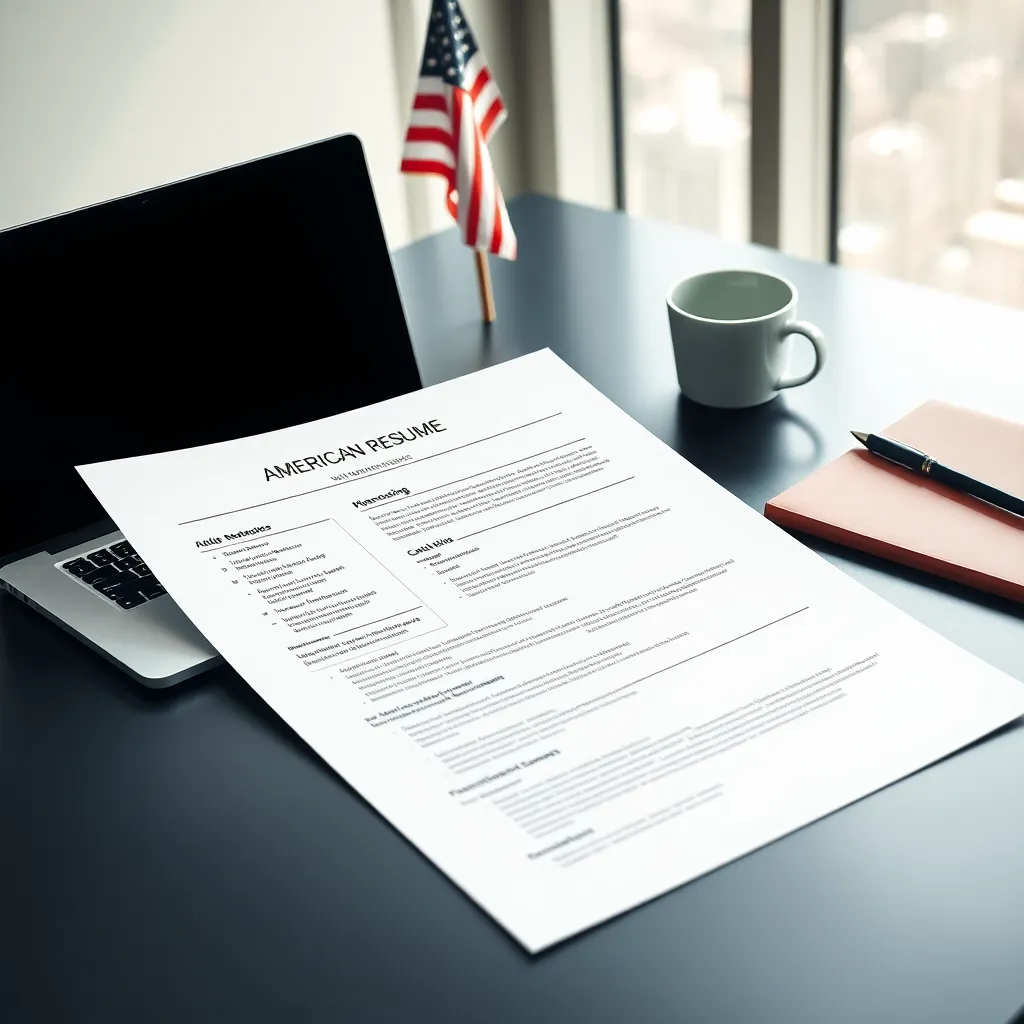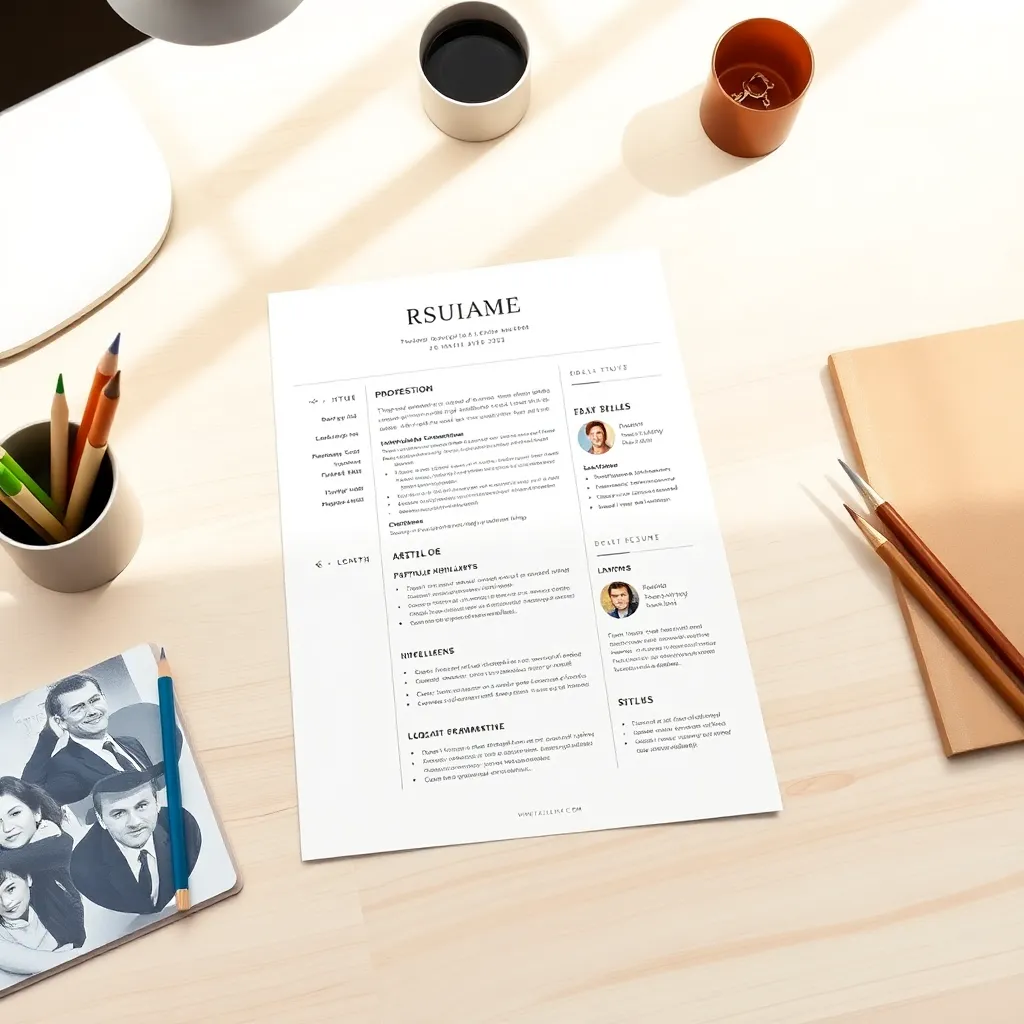In today’s competitive job market, standing out from the crowd is essential. With hiring managers spending less than a minute scanning each resume, creating a visually appealing document that captures attention while effectively communicating your qualifications has never been more important. Let’s explore how to create cool looking resumes that make a lasting impression without sacrificing professionalism or ATS compatibility.
Why Visual Appeal Matters in Modern Resumes
The statistics speak for themselves: hiring managers spend mere seconds scanning your resume before deciding whether to place it in the “yes” or “no” pile. According to Venngage’s hiring manager insights, visual clarity and hierarchy are critical for quick information absorption. A well-designed resume doesn’t just look good—it strategically guides the recruiter’s eye to your most impressive qualifications.
Research shows that 74% of recruiters prioritize layouts that balance aesthetics and functionality, according to resume.co’s design principles. This means your resume formatting needs to be both visually appealing and logically structured.
For US and UK audiences, it’s important to remember cultural norms—avoid photos on resumes in the US (though they may be acceptable in the UK), and adhere to one-page standards for most positions. These considerations don’t mean abandoning creativity; they simply provide parameters within which to work.
Essential Elements of a Cool Looking Resume
Typography That Makes an Impact
The fonts you choose speak volumes about your professional identity. For a cool looking resume that remains professional:
- Use 1-2 complementary fonts (e.g., Calibri for headings + Lato for body text)
- Create clear hierarchy with font sizes and weights
- Ensure excellent readability—even the most beautiful font is useless if it’s difficult to read
- Consider industry standards (serif fonts for traditional industries, sans-serif for tech and creative fields)
When browsing resume examples, notice how effective typography creates instant visual organization without sacrificing professionalism.
Strategic Use of Color
Color psychology plays a significant role in how your resume is perceived. According to design experts, overusing bold colors can reduce readability by 30%. Instead:
- Choose a single accent color that reflects your industry and personality
- Consider muted professional tones like navy, deep teal, or forest green for traditional fields
- Use brighter accents sparingly for creative positions
- Ensure sufficient contrast for readability
- Apply color consistently to create visual cohesion
An art resume template might use more vibrant colors than an American resume format sample for banking, but both can be visually appealing within their respective contexts.
White Space and Layout
Never underestimate the power of white space. According to design experts, 30-40% of your resume should be dedicated to margins and spacing. This prevents visual overwhelm and creates a clean, professional appearance.
- Use consistent margins (minimum 0.5-inch)
- Create breathing room between sections
- Align elements with precision
- Use columns strategically to maximize space without crowding
The best resume outline will incorporate strategic white space to create visual flow and readability.
Innovative Resume Design Ideas by Industry
Different industries have different expectations for resume design. Here’s how to adapt your approach:
Tech/Creative Fields:
- Bold typography and geometric elements
- Portfolio links or QR codes
- Interactive digital formats where appropriate
- Data visualization for skills and accomplishments
Finance/Law/Corporate:
- Minimalist layouts with subtle design elements
- Monochromatic color schemes
- Traditional serif fonts for body text
- Two-column templates emphasizing qualifications and achievements
Healthcare:
- Clean lines and simple organization
- Soft color accents (teal or blue are popular choices)
- Icons for specialties and certifications
- Skills-focused designs with compliance highlights
When looking for accounting experience examples or other industry-specific content, pay attention to how the design complements the professional field.
Digital Tools and Templates for Creating Standout Resumes
You don’t need to be a graphic designer to create a visually impressive resume. Several tools make it accessible:
- Canva: Offers customizable resume templates with drag-and-drop functionality perfect for non-designers
- Adobe Illustrator: Ideal for advanced users creating vector-based, print-ready designs
- ResuFit: Combines ATS optimization with professional templates, ensuring your cool-looking resume also passes digital screening systems
- Novorésumé: Provides ATS-friendly layouts with built-in keyword optimization
For students on a budget, free student resume templates can be customized to create unique, professional documents without the expense.
Testing and Refining Your Resume Design
Before sending your cool looking resume to employers, test its effectiveness:
-
Readability Check: Use tools like Hemingway Editor to simplify complex sentences and ensure your content is as clear as your design.
-
ATS Compatibility: Test your resume through platforms like Jobscan or use ResuFit to ensure your design elements don’t interfere with ATS scanning.
-
Peer Feedback: Share drafts with industry professionals to gauge visual impact and clarity. What looks impressive to you might read differently to a hiring manager.
If you’re struggling to perfect your design, consider working with affordable resume writing services or a best CV writing service that specializes in visually appealing formats.
Conclusion
Creating a cool looking resume isn’t about flashy gimmicks—it’s about strategic design that showcases your professional value. By thoughtfully applying typography, color, layout principles, and industry-appropriate creativity, you can craft a document that captures attention and communicates your qualifications effectively.
Remember that the most beautiful resume still needs strong content. ResuFit offers tools that help optimize both your resume’s appearance and its content, ensuring you present yourself in the best possible light to potential employers.
With these principles and resources in hand, you’re well-equipped to create a resume that stands out visually while still meeting the professional standards of your industry—giving you that crucial edge in today’s competitive job market.











